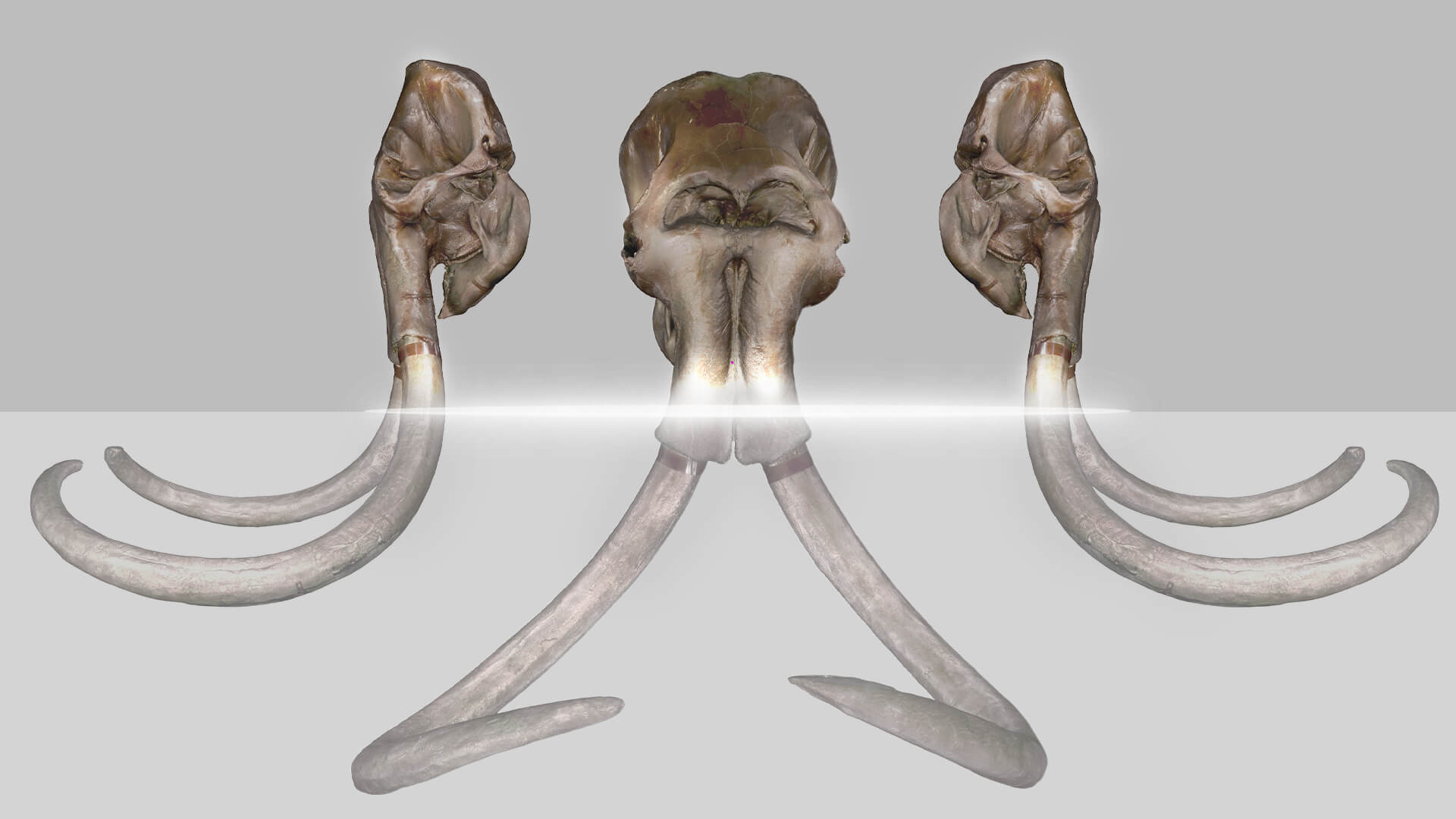
Digital Mind Revitalizes Kika Mammoth's Legacy with Latest Scanning Tech
Project information
Nearly two decades after the initial digital scanning, the Kika Mammoth has once again captured the attention of the scientific community and curators. The Digital Mind team and the National Museum of Kikinda are utilizing the latest technology for the digital preservation of this invaluable piece of natural heritage.
Description
In 2005, the Kika Mammoth was scanned for the first time, unveiling a treasure of data about the ancient world. Fast forward to today, the Digital Mind team returned to the museum, armed with the latest advancements in scanning technology, to breathe new life into this prehistoric giant.
The Kika Mammoth, identified as a specimen of the species Mammuthus trogontherii, boasts an almost complete skeleton with 90% of its bone mass preserved. This mammoth, which roamed the earth approximately 500,000 years ago, represents a significant find for paleontologists and history enthusiasts alike.
Utilizing the Artec Leo 3D scanner, a tool renowned for its high-resolution capabilities, the team has scanned the mammoth's bones. This process advances the preservation efforts and creates digital replicas of unparalleled quality.
While the scanning phase is complete, the journey to fully process and utilize these digital treasures is just beginning. The Digital Mind Team is committed to ensuring that the Kika Mammoth can be studied, admired, and learned from for generations to come, bridging the gap between the ancient past and the digital future.